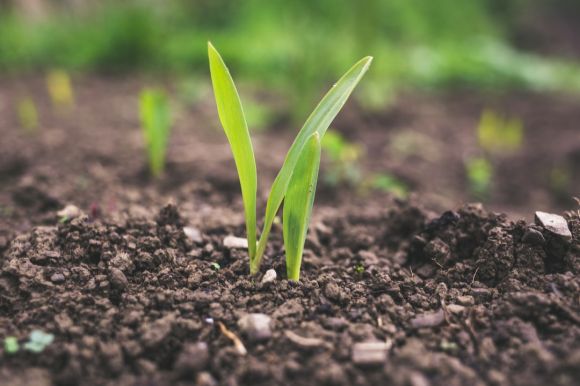Farming practices have evolved over the years, with farmers and researchers constantly seeking ways to improve soil health and increase crop yield. One approach that has gained significant attention is the integration of cover crops into agricultural systems. Cover crops are plants that are grown specifically to protect and enhance the soil, rather than for harvest. In this article, we will explore the benefits of integrating cover crops and how they contribute to soil health and crop yield.
Enhancing Soil Health
One of the primary benefits of cover crops is their ability to improve soil health. When cover crops are grown, they help prevent soil erosion by reducing the impact of wind and water. Their dense root systems hold the soil together, preventing it from being washed away or blown off. This is especially important in areas prone to erosion, such as sloping fields or regions with heavy rainfall.
Cover crops also play a crucial role in reducing soil compaction. The roots of cover crops penetrate deep into the soil, creating channels for water and air to circulate. This improves soil structure, making it easier for roots of cash crops to grow and access nutrients and water. Additionally, cover crops add organic matter to the soil as they decompose, increasing its fertility and nutrient-holding capacity.
Suppressing Weeds and Pests
Another advantage of integrating cover crops is their ability to suppress weeds and pests. Cover crops compete with weeds for resources such as sunlight, water, and nutrients. By covering the soil surface, they shade out weeds, inhibiting their growth and reducing the need for herbicides. This can help farmers reduce weed pressure and minimize the use of chemical inputs, making their farming practices more sustainable.
Cover crops also provide habitat for beneficial insects and microorganisms that help control pests. Some cover crop species attract predatory insects, such as ladybugs and lacewings, which feed on crop pests. Others release biochemicals that repel or inhibit the growth of pests. By attracting beneficial insects and repelling pests, cover crops contribute to integrated pest management strategies, reducing reliance on synthetic pesticides.
Improving Crop Yield
In addition to enhancing soil health, cover crops can also improve crop yield. When cover crops are terminated and incorporated into the soil, they release nutrients that are made available to subsequent cash crops. Leguminous cover crops, such as clover or vetch, have the added benefit of fixing atmospheric nitrogen, which can be used by following crops.
Cover crops also improve water infiltration and retention in the soil. Their dense root systems create channels that allow water to penetrate the soil more efficiently, reducing runoff and increasing water availability for cash crops. This is particularly important in regions experiencing water scarcity or drought conditions.
Conclusion
Integrating cover crops into agricultural systems offers numerous benefits for soil health and crop yield. They enhance soil structure, prevent erosion, suppress weeds and pests, and improve water infiltration and nutrient availability. By adopting cover cropping practices, farmers can improve the sustainability and productivity of their operations. As we continue to explore innovative farming practices, integrating cover crops should be considered an essential tool in fostering healthy soils and maximizing crop yields.
